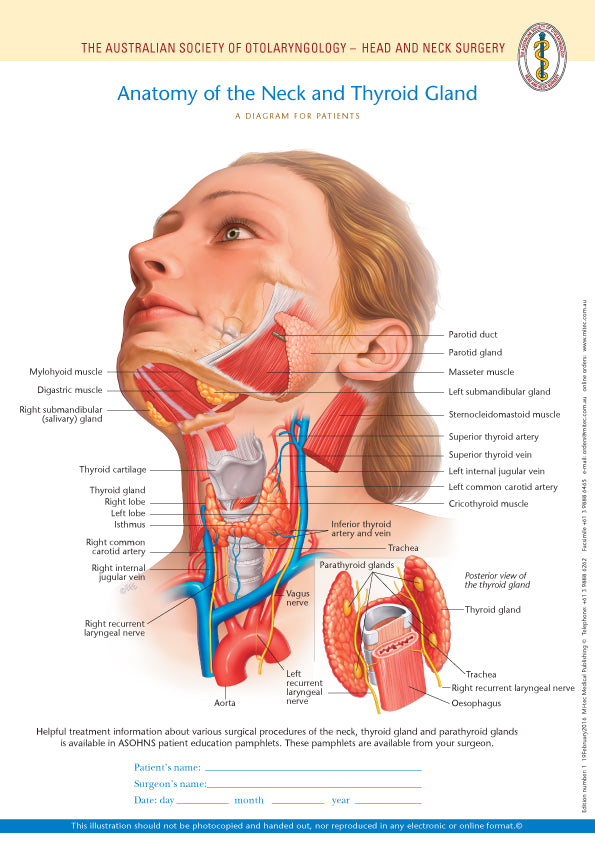
The amount of options that were actually available would and did take a little more time to find as they sometimes were not so obviously apparent. Most people would get to understand it within thirty minutes or so.
Neck diagrams full software#
The software was easy to use, if a little idiosyncratic at times. As you have probably gathered from the list above, this is quite an offering re instruments available! GMI used the Neck Diagrams 1 extensively for over three years within many of our publications. The program offered a huge amount of versatility in the creation of guitar fret board diagrams. For example, DADGAG, open A and E tunings etc. As well as all the instruments listed above, different tunings were also available. The screenshot above shows the instrument page.


For example, since all of the strings on a bass guitar (or the four lowest-pitch strings on a regular 6-string guitar) are tuned to be five half-steps apart: But as you start to play scales and chords or learn to improvise it is equally valuable to memorize and commit to muscle-memory the relationships between different positions on ths neck of a guitar. The ability to rapidly find the right string and fret on which to play (for example) a G note is obviously useful. Setting aside unconventional, avant garde weirdness you might find in experimental music, every note you can play is found within the grid of frets and strings on the neck of your guitar. These guitar-neck note charts will not only help you better understand your instrument and improve your playing, they might teach you a little bit of music theory.įor a guitarist the notes on the fretboard are a bit like the colors on a painter's palette.


 0 kommentar(er)
0 kommentar(er)
